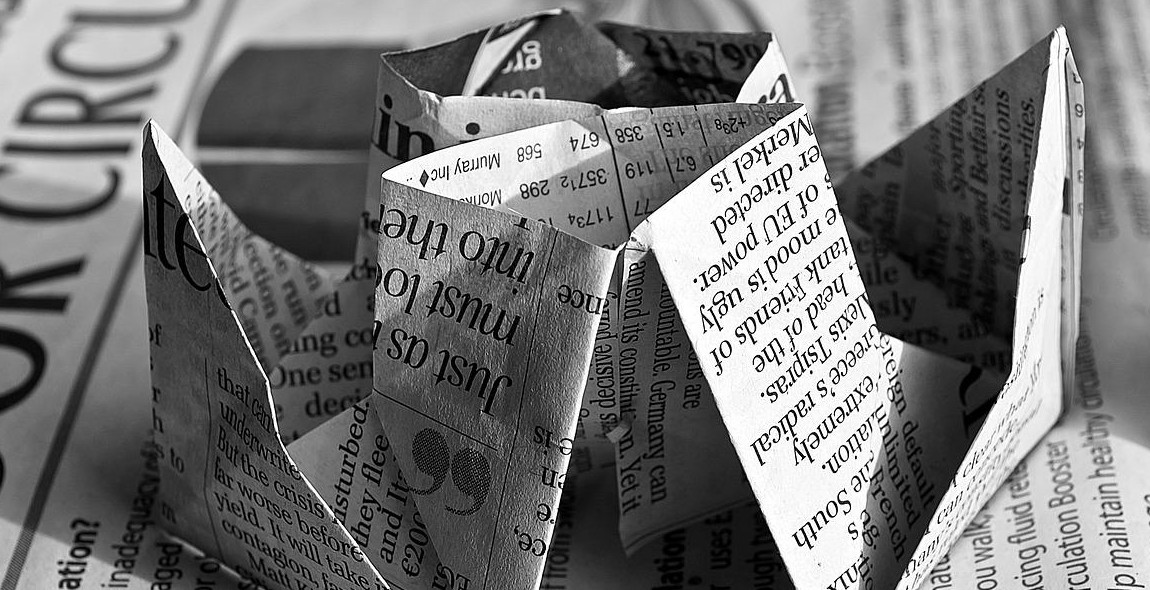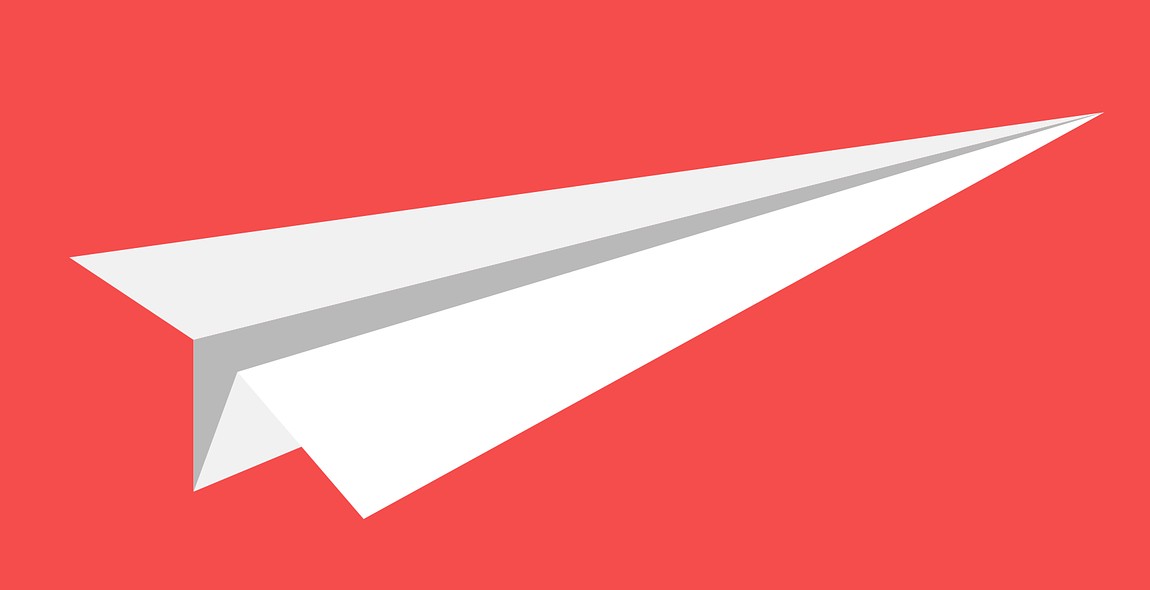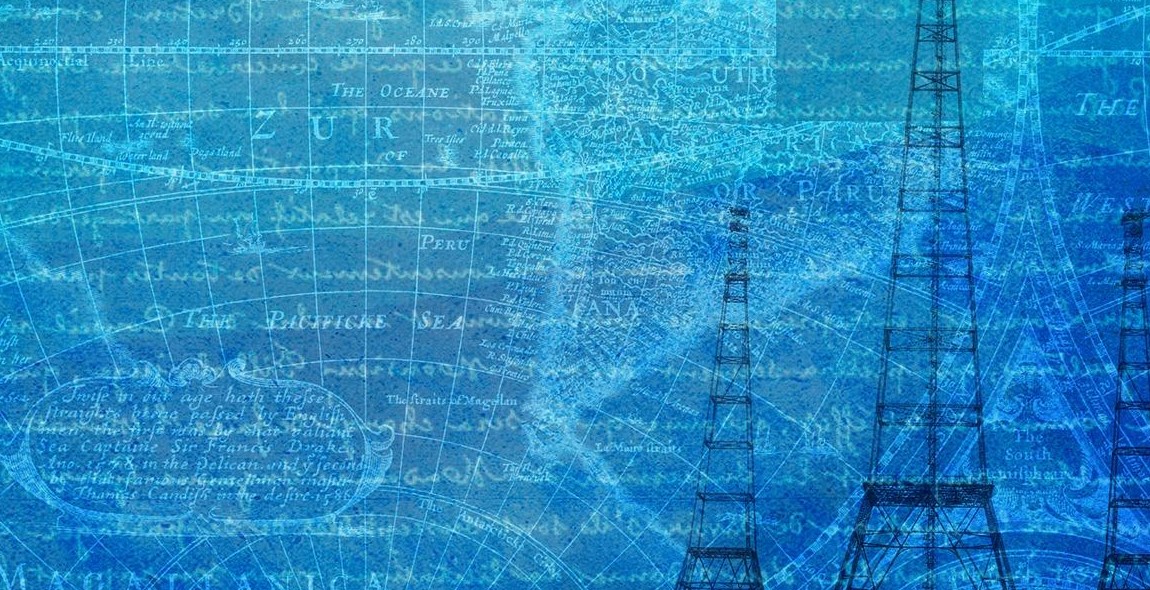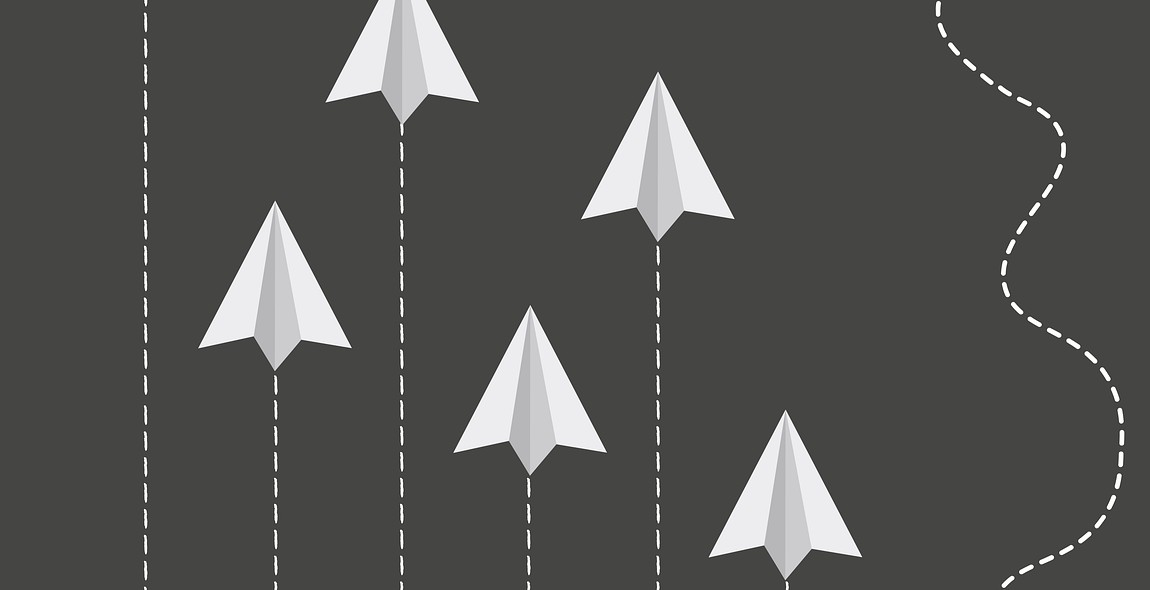Introduction: Why Make Paper Airplanes?
As a child, I spent countless hours folding and flying paper airplanes. It was a simple pastime that brought me so much joy, and it’s a hobby that has stayed with me into adulthood. Making paper airplanes is not only a fun activity, but it’s also a great way to stimulate creativity and improve hand-eye coordination. Plus, it’s a cheap and easy way to entertain kids or relieve stress.
Benefits of Making Paper Airplanes
- Improves hand-eye coordination
- Stimulates creativity
- Encourages problem-solving skills
- Develops patience and focus
- Relieves stress and anxiety
- Provides a fun and educational activity for kids
Not only are paper airplanes a fun activity, but they can also be educational. By experimenting with different designs and making adjustments, you can learn about aerodynamics and physics. And with so many different designs to choose from, you can challenge yourself to create more complex planes and see how they fly.
Get Started Making Paper Airplanes
Whether you’re a beginner or a seasoned paper airplane maker, this guide will provide step-by-step instructions for folding a variety of different designs. From classic designs like the dart and the glider to more advanced designs like the stunt plane and the jet, you’ll find everything you need to get started making paper airplanes.

Materials Needed
Before you start folding your paper airplanes, you will need to gather the following materials:
Paper Types
The type of paper you use can greatly affect the performance and durability of your paper airplane. Here are some paper types you can use:
- Copy paper: This is the most common type of paper used for paper airplanes. It is lightweight and easy to fold.
- Cardstock: This is a thicker paper that can make your paper airplane sturdier and more durable.
- Construction paper: This type of paper comes in a variety of colors, making it great for decorating your paper airplanes.
- Origami paper: This is a thin, lightweight paper that is specifically designed for origami and paper folding.
Tools
While you can fold a paper airplane with just your hands, some tools can make the process easier and more precise. Here are some tools you may want to have on hand:
- Ruler: Use a ruler to make sure your folds are straight and even.
- Scissors: You may need scissors to trim your paper to the right size or to make specific cuts for certain designs.
- Bone folder: This tool helps to create crisp, sharp folds in your paper.
- Tape: Use tape to reinforce certain parts of your paper airplane or to add weight for better flight.
- Markers or colored pencils: These can be used to decorate your paper airplane and add some personal flair.
| Materials | Paper Types | Tools |
|---|---|---|
| 1 | Copy paper | Ruler |
| 2 | Cardstock | Scissors |
| 3 | Construction paper | Bone folder |
| 4 | Origami paper | Tape |
| Markers or colored pencils |

Basic Folds
Before we dive into the different paper airplane designs, it’s important to master the basic folds. These three folds are the foundation for almost every paper airplane design.
Fold 1: The Valley Fold
The valley fold is the most basic fold and involves folding the paper in half vertically. To make a valley fold:
- Take your piece of paper and fold it in half vertically, making sure the edges are aligned.
- Crease the fold with your fingers or a flat object like a ruler.
- Unfold the paper and you should see a vertical crease down the center.
Fold 2: The Mountain Fold
The mountain fold is the opposite of the valley fold and involves folding the paper in half horizontally. To make a mountain fold:
- Take your piece of paper and fold it in half horizontally, making sure the edges are aligned.
- Crease the fold with your fingers or a flat object like a ruler.
- Unfold the paper and you should see a horizontal crease across the center.
Fold 3: The Wing Fold
The wing fold is used to create the wings of the paper airplane. To make a wing fold:
- Take your piece of paper and fold the top corners down to the center crease, making sure the edges are aligned.
- Crease the folds with your fingers or a flat object like a ruler.
- Unfold the paper and you should see two diagonal creases pointing towards the center.
With these three basic folds mastered, you’re ready to move on to more complex paper airplane designs. Practice these folds until you feel comfortable with them before moving on.
Designs for Different Types of Paper Airplanes
When it comes to making paper airplanes, there are endless possibilities for designs. Here are four different designs to get you started:
Design 1: The Dart
The Dart is a classic design that is easy to make and flies straight and fast. To make this design, follow these steps:
- Take a rectangular piece of paper and fold it in half lengthwise.
- Unfold the paper and fold the top two corners down to the center crease.
- Fold the top edges down again so that they meet at the center crease.
- Now fold the paper in half lengthwise again, so that the folded edges are on the outside.
- Fold the wings down at a 45-degree angle, starting at the bottom of the paper.
- Finally, fold the wingtips up to create the dart shape.
Design 2: The Glider
The Glider is a design that flies smoothly and gracefully through the air. To make this design, follow these steps:
- Take a rectangular piece of paper and fold it in half lengthwise.
- Unfold the paper and fold the top corners down to the center crease.
- Fold the resulting triangle in half to create a smaller triangle with the folded edges on the outside.
- Take the top layer of the paper and fold it down to create a wing.
- Repeat on the other side to create the second wing.
- Finally, fold the wingtips up to create the glider shape.
Design 3: The Stunt Plane
The Stunt Plane is a design that is perfect for performing tricks and flips in the air. To make this design, follow these steps:
- Take a rectangular piece of paper and fold it in half lengthwise.
- Unfold the paper and fold the top corners down to the center crease.
- Fold the resulting triangle in half to create a smaller triangle with the folded edges on the outside.
- Take the top layer of the paper and fold it down to create a wing.
- Repeat on the other side to create the second wing.
- Now fold the tip of the paper up to create the nose of the plane.
- Finally, fold the back edges of the wings up to create the tail of the plane.
Design 4: The Jet
The Jet is a design that is perfect for flying fast and far. To make this design, follow these steps:
- Take a rectangular piece of paper and fold it in half lengthwise.
- Unfold the paper and fold the top corners down to the center crease.
- Fold the resulting triangle in half to create a smaller triangle with the folded edges on the outside.
- Take the top layer of the paper and fold it down to create a wing.
- Repeat on the other side to create the second wing.
- Now fold the tip of the paper up to create the nose of the plane.
- Finally, fold the back edges of the wings down to create the tail of the plane.
| Design | Features |
|---|---|
| The Dart | Straight, fast flight |
| The Glider | Smooth, graceful flight |
| The Stunt Plane | Ability to perform tricks and flips |
| The Jet | Fast, long-distance flight |

Decorating Your Paper Airplanes
Once you have folded your paper airplane, it’s time to make it truly your own by adding some personal touches. Here are some fun and easy ways to decorate your paper airplanes:
Markers and Pens
Using markers and pens is a great way to add color and design to your paper airplanes. You can draw stripes, polka dots, or even create your own unique patterns. If you want to make your airplane look like a real airplane, you can draw windows, doors, and other details.
When choosing markers and pens, make sure to use ones that won’t bleed through the paper. Fine-tip markers or gel pens work well for this purpose. You can also experiment with different colors and textures to create a one-of-a-kind design.
Stickers
Stickers are an easy way to add some personality to your paper airplanes. You can find stickers in a variety of themes, from animals to sports to space. To use stickers, simply peel them off the sheet and stick them onto your airplane. You can use one or several stickers depending on your preference.
If you don’t have any stickers on hand, you can also print out your own designs on sticker paper and cut them out. This gives you even more creative control over your paper airplanes.
Tape
Tape can be used to add some extra flair to your paper airplanes. You can use colored or patterned tape to create stripes or other designs. You can also use clear tape to reinforce the wings or other parts of the airplane.
Be careful not to use too much tape, as this can weigh down your airplane and affect its flight. A few small strips of tape should be enough to add some extra decoration without compromising the airplane’s performance.
| Material | Pros | Cons |
|---|---|---|
| Markers and Pens | Easy to use, great for creating custom designs | May bleed through paper if not careful |
| Stickers | Quick and easy to apply, available in many designs | May not stick well on some types of paper |
| Tape | Can add extra reinforcement and decoration | May weigh down airplane if used excessively |

Conclusion
Learning how to make paper airplanes can be a fun and rewarding experience for both kids and adults. Not only does it allow you to exercise your creativity and imagination, but it also helps you develop your fine motor skills and hand-eye coordination.
With these step-by-step instructions for folding different plane designs, you can easily create your own fleet of paper airplanes that can soar through the air with grace and precision. Whether you’re looking to impress your friends with your paper airplane-making skills or just want to spend a relaxing afternoon crafting, this guide has got you covered.
Remember to experiment with different types of paper, folding techniques, and designs to find the perfect combination that suits your preferences. And don’t forget to have fun while you’re at it!
Tips for Making the Perfect Paper Airplane
- Use thin, lightweight paper for best results
- Make sure your folds are crisp and precise
- Adjust the wings and tail to achieve the desired flight pattern
- Experiment with different designs and techniques
Final Thoughts
Learning how to make paper airplanes is a great way to unleash your creativity and have some fun. With the right materials, techniques, and designs, you can create a wide variety of paper airplanes that can fly high and far. So grab some paper and start folding – the sky’s the limit!
